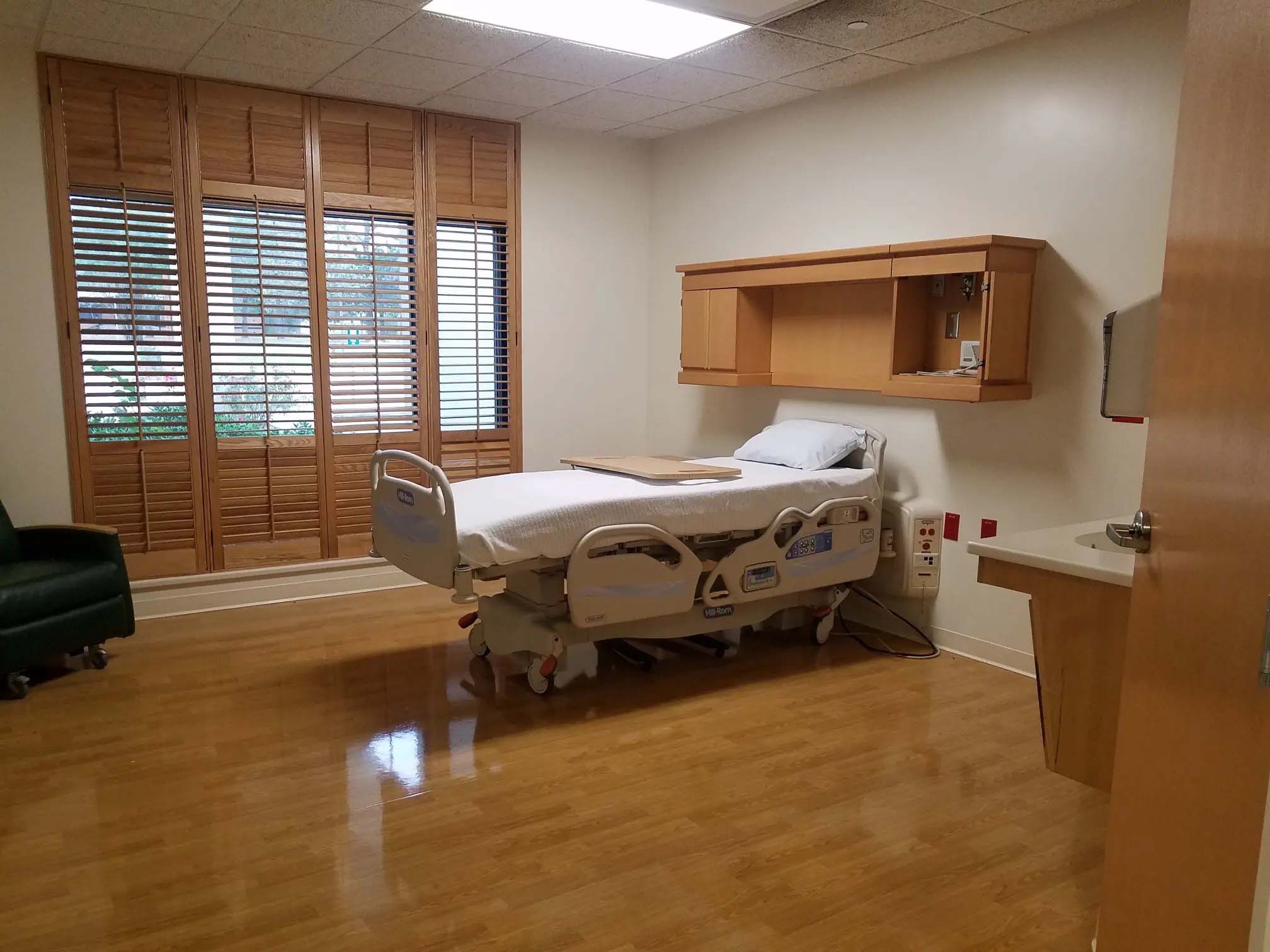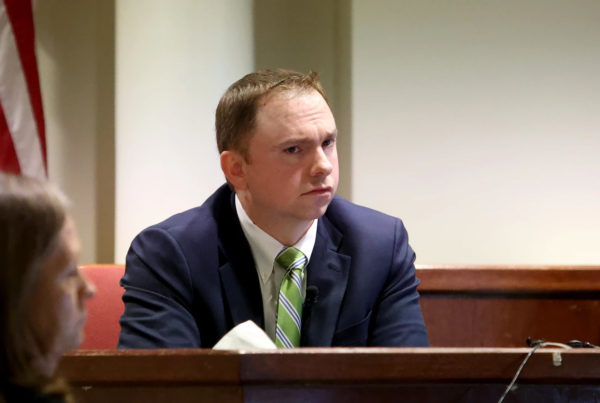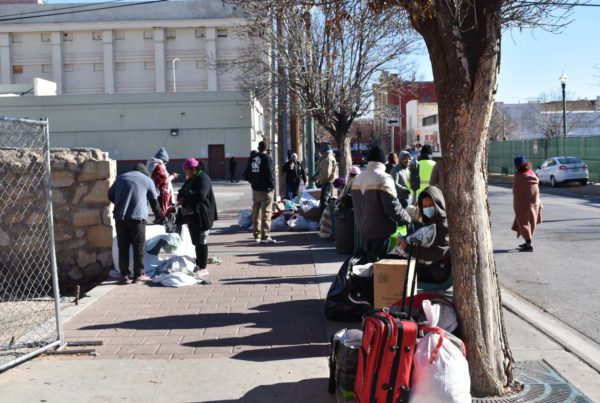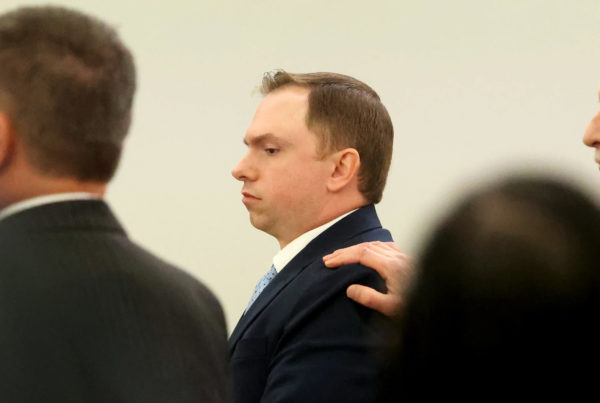From Houston Public Media:
Is accessing hospital care a challenge in your area of Texas? Send me a note with your story. Please email me at swernst@houstonpublicmedia.org or find me on twitter at @sarawilla1.
Trinity, Texas hasn’t had a hospital for the last five years. That has meant life or death in some instances for the town 90 miles north of Houston.
“We have people out on the lake in the summer in the heat, having heart attacks, having accidents, getting snake bites,” said Marjory Pulvino, the Vice President on the Board of the Trinity Memorial Hospital District. “We did not have an emergency room to take care of those people.”
The closest emergency rooms are in Huntsville — around 30 miles south of Trinity. Pulvino said it could take up to an hour and a half to reach the Huntsville ERs from her house, including the time waiting for an ambulance to arrive and for paramedics to stabilize the patient.
If specialized care is needed, residents have to drive 50 miles to Conroe where a handful of large hospital systems have set up facilities.
“My neighbor was old and she frequently had to be put in the hospital,” Paulvino said. “So now we have this 89-year-old husband driving to Conroe. It was a danger for him.”
That extended wait time can have a measurable impact on patient outcomes.
“People (in Trinity) are suffering preventable consequences because the emergency care was unavailable in a timely fashion,” Pulvino said.
A 2019 report from the National Bureau of Economic Research looked at the hospitals in California and found an almost 9 percent increase in mortality after a closure in a rural community.
Pulvino said Trinity residents have spoken at board meetings and recounted life-changing consequences.
“This lady said we need to have emergency care here because her husband had a stroke,” Pulvino said. “Now he’s a total care patient in a nursing home here in Trinity. It was very likely that had he gotten the right medications at the right time, he would not have suffered this much.”















